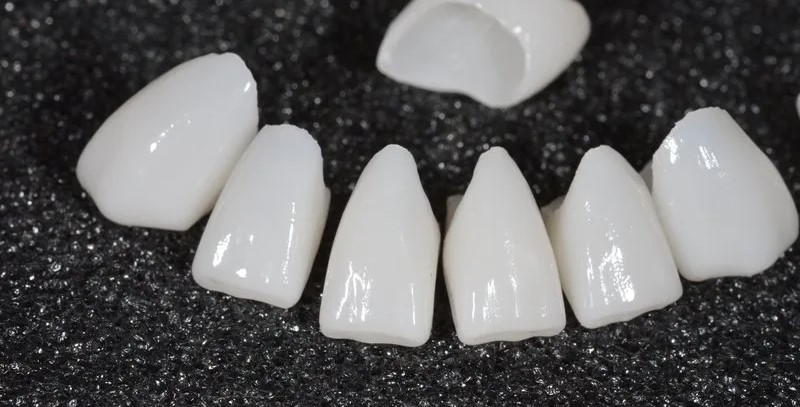The range of materials is vast – plastics, composites, metals, ceramics and zirconia.
🦷 Ceramics – placed in the incisor area e.g. veneers or crowns, as they are aesthetically pleasing. Disadvantages – material is brittle, can break, care should be taken when biting fork or fruit stone.
🦷 Metal ceramic – ceramic based on a metal frame, durable crown, but placed in the lateral areas where aesthetics are not a priority, as the metal edge casts a shadow near the gum.
🦷 Metal crowns – are dental crowns that are not coated and can serve as an abutment for removable trays where aesthetics are not important, it has an abutment function.
🦷 Zirconia crowns – are very durable and aesthetic and do not cause allergic reactions. Modern materials allow them to be used in both the incisal and lateral areas, as their longevity and biocompatibility with the gingiva have been proven.
🦷 Plastic crowns – self-hardening plastic allows a temporary crown to be made quickly and fixed immediately after the tooth has been prepared or ground down (no need to walk around without the tooth while the technician makes the crown in the laboratory) in the dentist’s chair. A long-lasting PMMA crown is made and fixed on the tooth for a maximum of 2 years in cases where the tooth needs to be monitored after treatment or in cases of poor prognosis. The main disadvantage is discolouration and lack of durability.
Translated with DeepL.com (free version)






